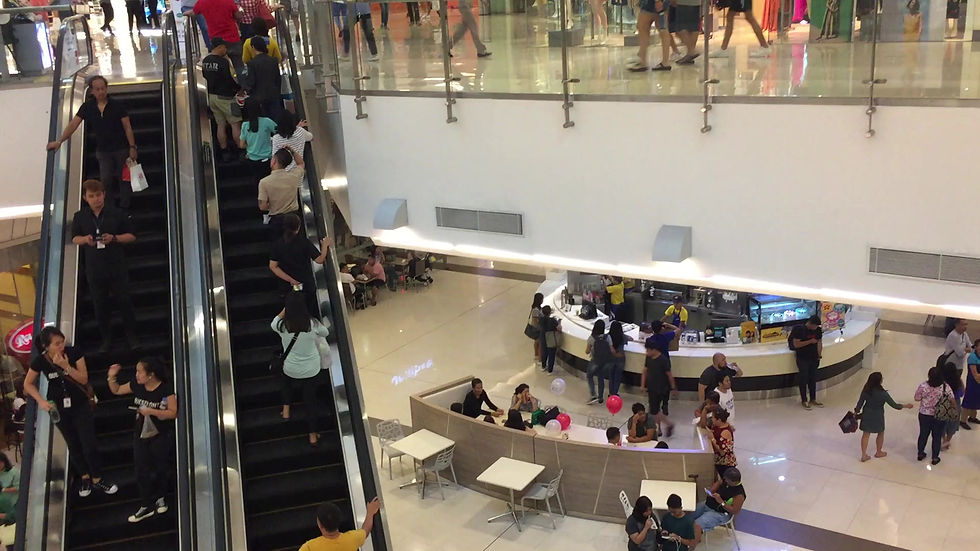Retail and delivery

Le virage du retailing aérien : quand la livraison devient la nouvelle frontière
A structural transformation of the sector
The air transport industry is undergoing a profound change: airlines are gradually abandoning traditional reservation systems (GDS/CRS) in favor of new-generation retail platforms such as Flyr, Accelya FLX and Nevio.
The aim? To offer a more personalized, dynamic experience aligned with passenger expectations.
The air ticket is no longer a simple ticket: it becomes a sophisticated assembly of modular, monetizable services :
-
choice of seat,
-
fast track,
-
à la carte luggage,
-
VIP lounges,
-
ground transfers,
-
real-time contextual recommendations.
This new grammar of airline retailing is seductive: it promises passengers an enhanced experience, and airlines an additional source of revenue. But behind the enthusiasm lies a question: how to deliver these promises in the constrained environment of an airport?
L’angle mort critique : le delivery en aéroport
The effective delivery of purchased services relies on coordination between systems, players and contact points. However, the airport ecosystem is marked by a number of limitations :
-
dependence on existing systems (CUPPS, BHS, AODB, etc.),
-
compartmentalized responsibilities (airline vs. airport vs. service providers),
-
low real-time reactivity,
-
limited passenger interfaces (FIDS, PIDS, manual announcements).
As a result, the promised customer experience may fail at the last mile, due to a lack of suitable operational relays.
Pourquoi les systèmes actuels ne suffisent plus
Historically, airport infrastructures were designed to handle simple, standardized products: one ticket = one passenger, one itinerary, one class of service.
This industrial logic has ensured the fluidity and regularity of large-scale flows. But it is reaching its limits in the face of retail demands.:
-
increasing variability of offers,
-
need for real-time synchronization,
-
personalization to the individual,
-
direct interaction between digital channels and operational systems.
In other words: the industry is ready to sell differently, but not yet to deliver differently.
Ce qu’il faut transformer : vers une orchestration transverse
To deliver on the promise of retailing in the airport environment, we need to create an infrastructure capable of translating each personalized offer into concrete, coordinated actions on the ground.
This requires:
-
The creation of a Retail Ops Layer: a cross-functional operational orchestration layer, inspired by the CUPPS/CUTE logic, but designed to drive the delivery of retail services in real time.
-
Native API interoperability between airline distribution platforms and airport systems.
-
The evolution of passenger interfaces (kiosks, mobile applications, agents) to make them intelligent and connected to the individual package.
-
Coordinated governance between airlines, airports and service providers.
This Retail Ops Layer could be the new center of gravity for the customer promise in modern hubs..
Strategic recommendations
To align operational execution with retail logic, three levers appear to be priorities:
-
Integrate retail into the design of flows and resources: if a passenger has purchased a fast track or VIP pick-up, the process must dynamically integrate it.
-
Create a single view of the passenger package, accessible to the right people at the right time.
-
Anticipate future airline requirements by integrating modular, adaptable building blocks today.
Conclusion: airports, the new retail frontier
The shift to a retailing model in the airline industry goes beyond simply changing reservation systems: it's a profound transformation of the value chain.
To keep the promise made to the traveler, it is no longer enough to sell personalized experiences.
We need to be able to deliver them, in a historically rigid and compartmentalized operating environment.
Delivery is thus becoming the new frontier of airline retailing, and the airport is the ground for innovation. Provided that the players can finally build common tools, shared data and traveler-centric orchestration.
